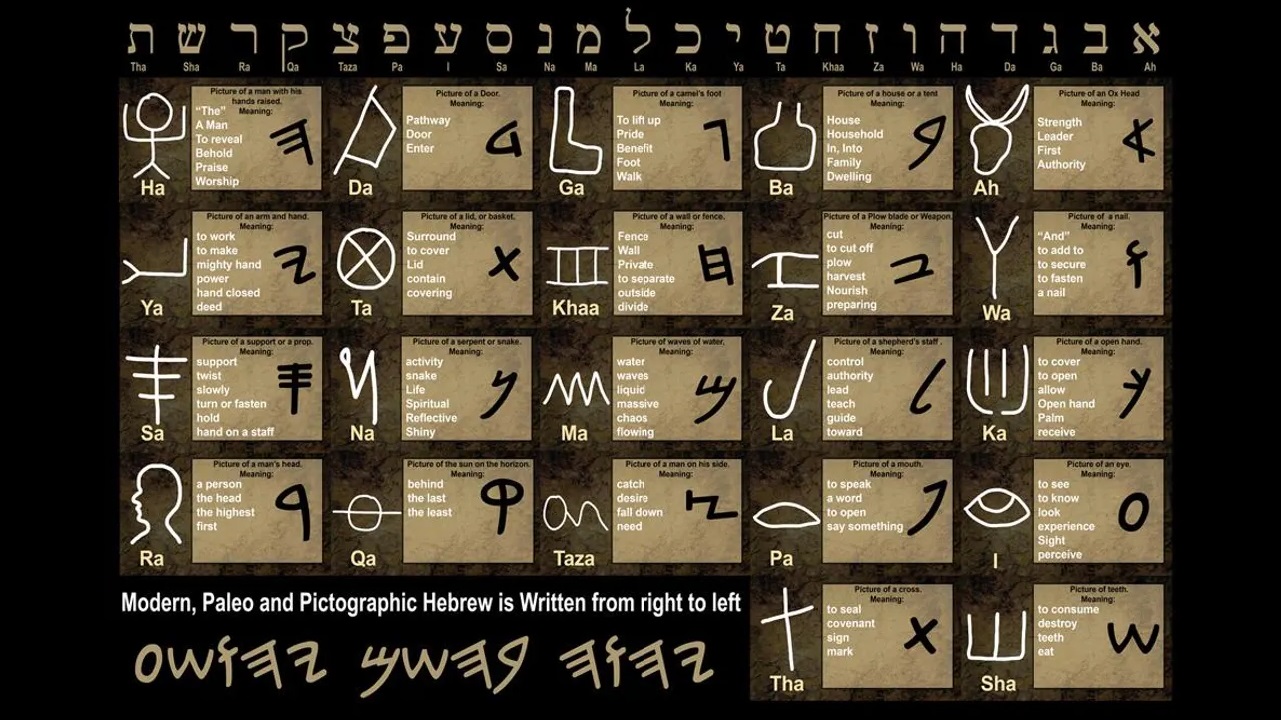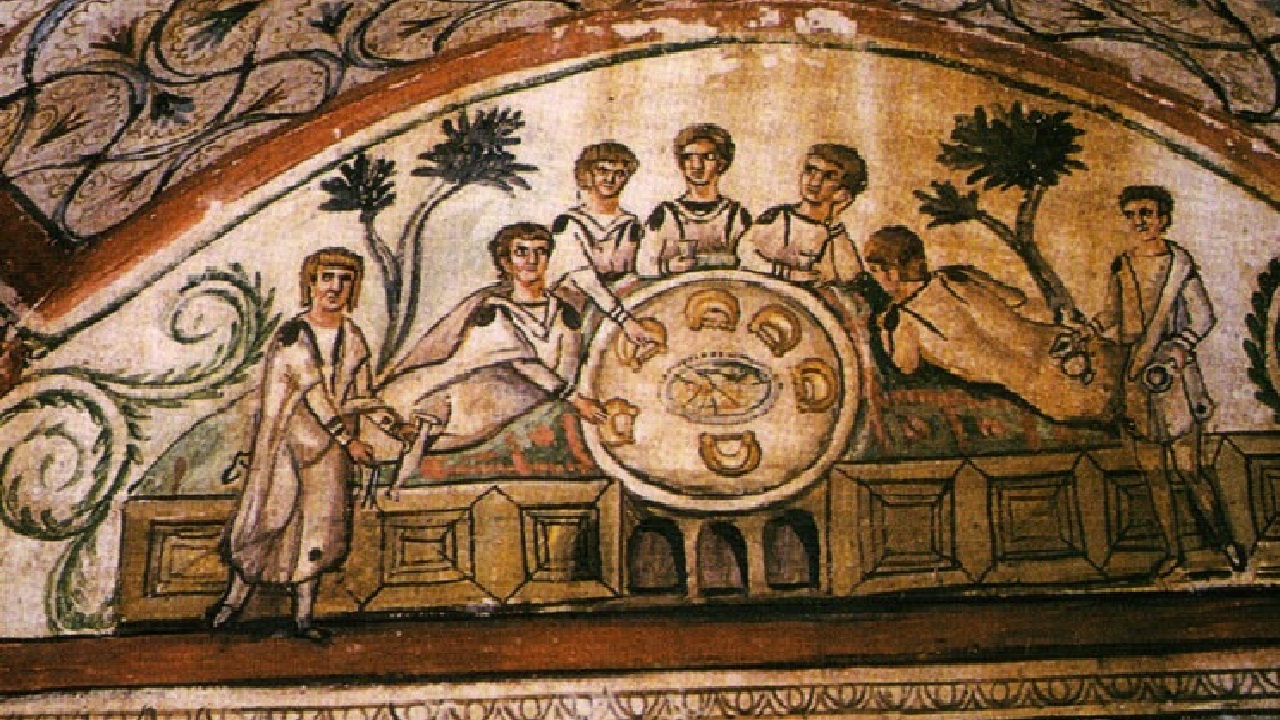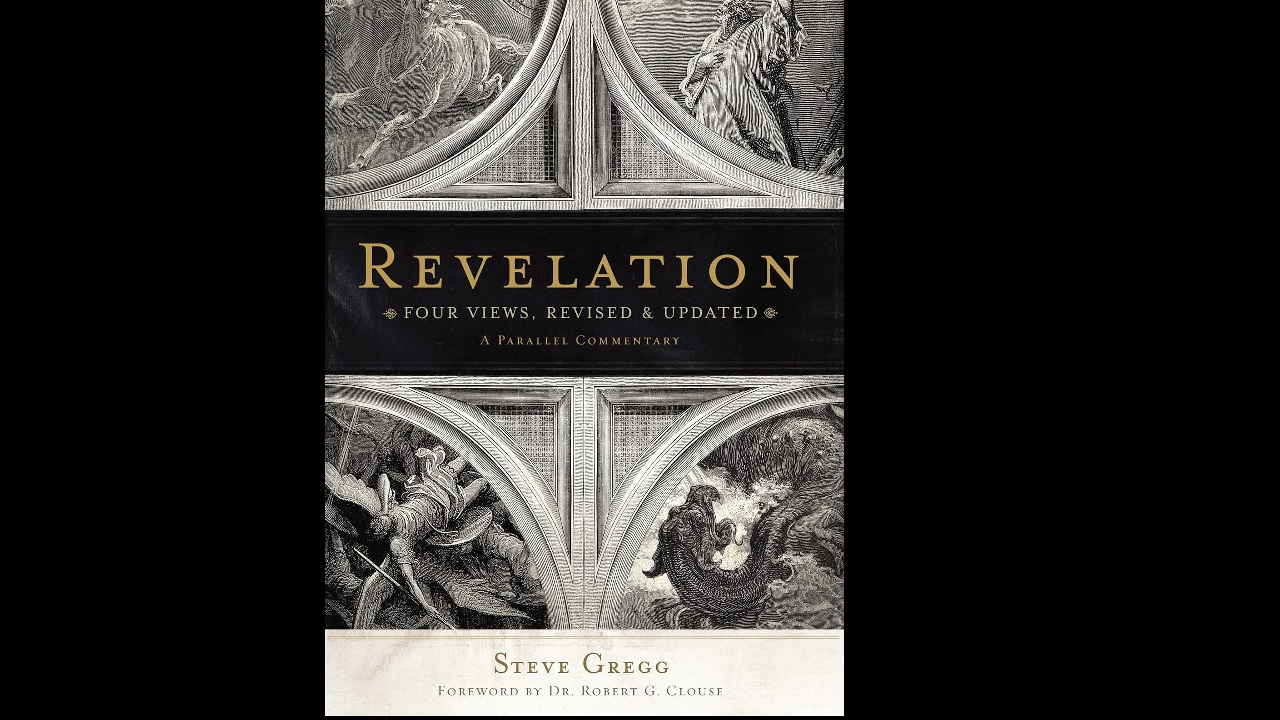There are many Christian teachers, Messianic and followers of “Kabbalah” (Jewish rooted mystic system) that claim to “decode” Hebrew words by breaking them down into supposed pictographic meanings of each letter. But this so-called Paleo or “Pictographic Hebrew alphabet” (where each Hebrew letter is treated as a pictograph with symbolic meaning) is linguistically invalid and therefore, an anachronistic method that is highly speculative.
The fact is biblical Hebrew words (just like modern Hebrew) are built from consonants that represent sounds, not symbolic, pictographic images. Hebrew, like other Semitic languages, is phonetic, not ideographic like Chinese. This means that letters represent sounds, not pictures or concepts. Trying to interpret Hebrew words based on the shapes or symbolic meanings of ancient letters misrepresents how the language actually functions.
While the idea might seem harmless or even intriguing at first glance, it distorts what the biblical text actually says by misrepresenting the original meaning of the text. It also encourages and promotes ancient mystical, gnostic ideas of some hidden, secret code in scripture. This inevitably opens the door to dark, Kabbala-Gnostic style interpretations that distorts sound biblical doctrine. It can also lead to a dismissal of legitimate biblical Hebrew grammar, syntax, and vocabulary as less “spiritual.” And the reader or listener thinking that they’re learning deeper, “spiritual” truths when they’re being misled by pseudolinguistics. New Christians to biblical languages may mistakenly believe they’re learning Hebrew, when in fact they’re actually learning fabricated symbolism.
I strongly advise you to simply use standard dictionaries or lexicons (like Brown-Driver-Briggs or The Theological Dictionary of the Old Testament); consult commentaries or interlinear Bibles; lookup free online systems like BibleHub, BibleStudyTools, etc., or even better just try to learn biblical Hebrew!




